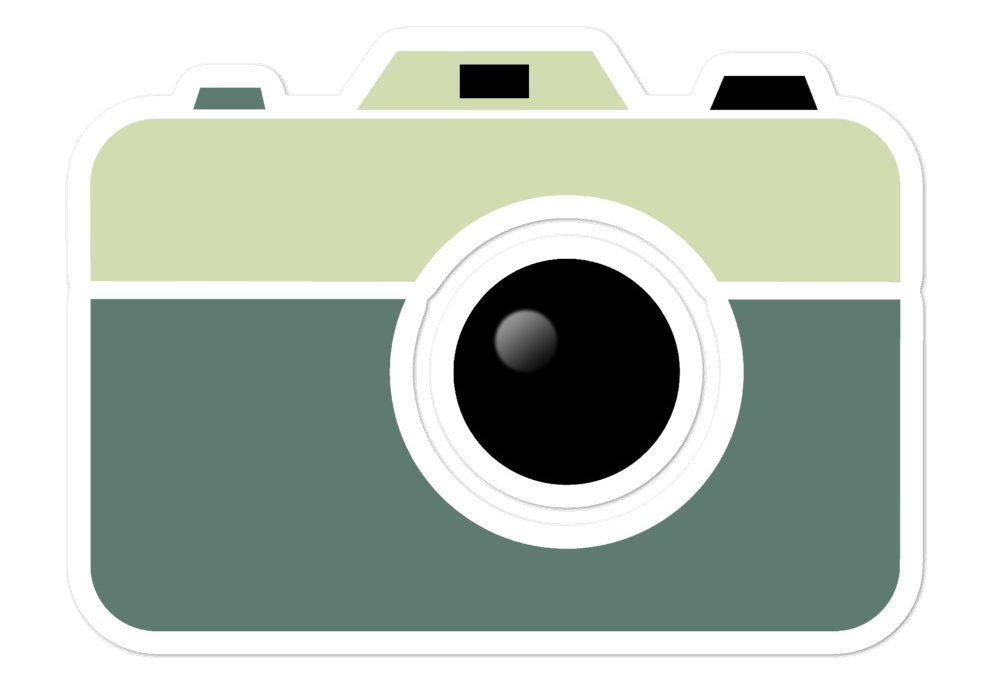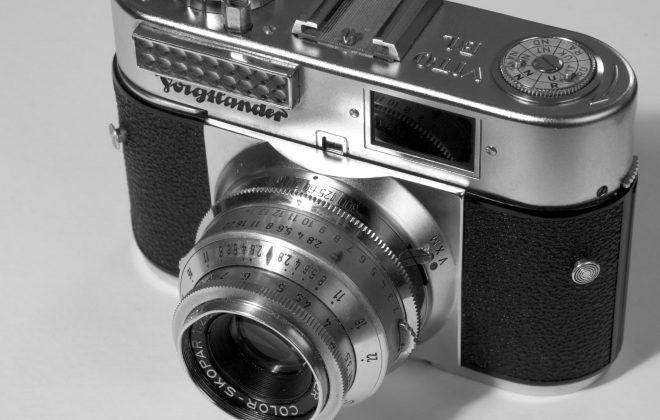Advice When Buying a Digital Point-and-Shoot Camera
One thing that happens when people know you are a photographer is, they ask you questions about photography equipment. One of the more common questions is, “I want a digital point-and-shoot camera, which one should I get?” With all the cameras on the market nowadays, there are tons of features and cameras to look at. So, when purchasing a new digital camera, it can be confusing as to what to look for. The ads and salesperson will upsell the importance of megapixels and features that never get used, which is why it is important to do some research and look at features that will get used and features that are available on a camera that you can’t find on a phone.
Pixels
Any modern digital camera on the market has more megapixels than any average user will ever need. Most digital cameras being sold today, offer over 15-megapixels when the average user can take a high-quality picture with a 10-megapixel camera, and possibly even less. Higher megapixels do not always equal better pictures; it just means more pixels being crammed by reducing the pixel size into the same small sensor. These more pixel cameras also mean more space on a computer and larger files. If the images are of poor quality because of other issues, the megapixel count is irrelevant.
Aperture
The aperture is one item that decides how much light is allowed to reach the sensor. The smaller the number, the wider the aperture, the more light reaches the sensor. When working in low-light situations, where flash is not desired, having a camera with a wide aperture (F1.8, for example) will allow users the ability to take a reasonably high-quality image with no flash needed. When looking at a camera, look to see the aperture range, and if you can set the camera to a manual mode and adjust this yourself. A wide aperture also allows you to play with the depth of field.
See Using the Camera F-Stop for more on how this affects image quality.
Optical Zoom vs. Digital
This is one of the more important things to look for when buying a digital camera. When choosing a point-and-shoot camera, look for optical zoom over digital zoom. Optical zoom uses the lens to zoom in. Digital zoom just enlarges a portion of the image which can reduce the overall image quality.
Color and Image Quality
This can be difficult to measure while at the store. Sometimes it is possible to look at sample images within the store. If doing so, be sure each camera’s sample pictures are printed on the same paper as the paper will affect image quality and color. It is also possible to do an internet search and read reviews and comparisons between cameras with sample images. Some cameras for example do a better job and skin color, while others might be more well suited for nature.
ISO
ISO is used to measure film sensitivity to light for film cameras. With digital images, we think of grain. The lower the ISO the higher quality or less grain is visible, but with a low ISO longer exposure or a wider aperture is needed. The higher the ISO the opposite is required, less exposure and narrower aperture. Most cameras allow users to manually adjust the ISO, but as the ISO goes up, the image will show more grain.
When buying a camera, look at the quality of the image at a high ISO. The higher the ISO, the more noise will appear on an image. Sometimes this might be desired, as it can create a dramatic image. Look at sample images taken at the camera’s maximum ISO to check its noise level. Comparison charts can also be found on many camera review sites with sample images.
Video
Cameras are no longer just cameras, they are also video cameras. Digital cameras now pretty much all come with a movie mode that allows users to take digital videos. When looking for a camera that you also intend to use for taking video check to see what options are available for video formats and if they can be adjusted. The larger the format, the more space taken up on the memory card and some people might not need a high-definition video if just posting something short online. Are you planning to send your vacation video to Netflix? If not, you probably don’t need one that does 8k video.
Usability, like view angles, features etc.
Look for a camera that allows users to manually adjust the settings such as shutter speed and aperture. Will it shoot RAW files, if that is something that you desire. Since most smaller point-and-shoot cameras no longer have a viewfinder, check the viewing angle of the LCD. Also, make sure it’s possible to view the LCD in bright light or other situations where it might be difficult to see what is on the screen. Are you doing videos for YouTube or take a lot of selfies? if so, it might be worth looking at a camera that has a display that can pull out and reversed so you can see yourself. And think about where you will take the camera. Does it need to be compact enough to fit in a pocket? If you plan on carrying it in a bag everywhere, perhaps one with detachable lenses would be a good option. If the plan is to take it everywhere in a pocket, then think compact and durable.
A final thing to look consider is if it has a viewfinder. Most compact digital cameras have an LCD on the back to view the image being taken, however, this might be an issue in bright light or outdoors where having a small viewfinder will be a better option.
In Summary
Buying a digital point-and-shoot camera is like any other purchase. You should think about what you intend to use it for and look for features that you can’t get on the phone in your pocket.
Tags In
Related Posts
Leave a Reply Cancel reply
This site uses Akismet to reduce spam. Learn how your comment data is processed.
Categories



